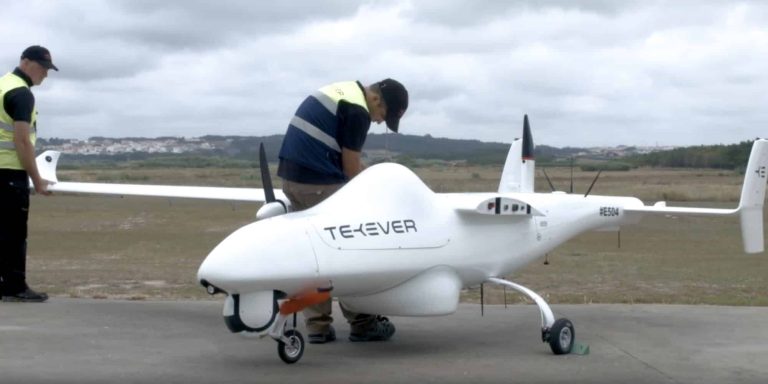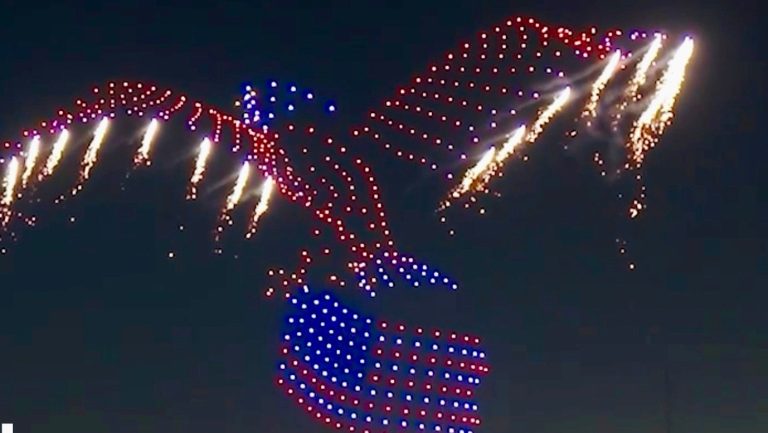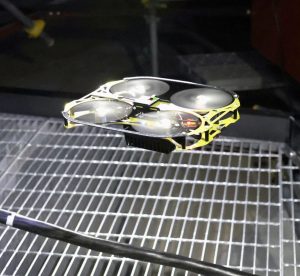A Leap in Drone Warfare: Multiplying Mid-Air
In an astounding development, Chinese scientists have purportedly crossed a new frontier in Drone Technology. According to reports, a team led by Professor Shi Zhiwei at Nanjing University of Aeronautics and Astronautics has created a modular drone capable of splitting mid-flight into multiple autonomous units. This innovation could potentially revolutionize drone warfare, giving operators the ability to swarm enemy defenses with a multitude of drones that emerge from a single unit in an instant.
The Mechanics of Multiplication
Imagine a drone that, while cruising through the sky, suddenly bursts into two, three, or even six separate drones, each taking on a life of its own. These aren’t just any drones; inspired by the aerodynamics of a maple seed, these sub-drones can hover, swoop, and glide with a level of efficiency previously unseen. What’s even more intriguing is that each of these drones can perform unique tasks, from reconnaissance and tracking to direct attacks.
Breaking Barriers in Flight Efficiency
The work of Shi and his colleagues, as detailed in the Acta Aeronautica et Astronautica Sinica journal, marks a significant breakthrough. Traditional drones, when combined, have faced limitations in flight efficiency—a hurdle the team has managed to overcome. By designing these splittable drones to operate both as a unified entity and independently, they’ve achieved a flight efficiency that outstrips that of similarly sized multirotor drones by nearly twofold.
When flying in unison, these drones can cover longer distances at a faster pace than when operating solo. And, remarkably, even after splitting, each drone maintains a flight efficiency over 40% higher than that of conventional small drones. This efficiency doesn’t just suggest a new level of performance; it could redefine the strategic deployment of drones in military operations.
From Concept to Tactical Advantage
While the maximum speed of these combined drones might not rival the top-tier military drones in existence, their real strength lies in their strategic utility. Envision a scenario where, upon reaching enemy airspace, a single drone morphs into a swarm, overwhelming defense systems not by speed or stealth, but through sheer numbers and unpredictability.
The implications of such technology extend beyond the battlefield. Soldiers could carry these modular units, assembling drones as needed for various missions. This flexibility and adaptability could provide forces such as China’s People’s Liberation Army with an unparalleled tactical edge.
The Dawn of Drone Swarm Warfare
The development of these splittable, swarming drones represents not just a technological marvel but a strategic one. By harnessing the simplicity and elegance of nature’s design—in this case, the maple seed—scientists have opened the door to a new realm of drone warfare. As this technology evolves and matures, it may well redefine the dynamics of aerial combat and surveillance, offering a glimpse into the future of military engagements. With such advancements, the sky is no longer the limit; it’s the playing field.





















+ There are no comments
Add yours